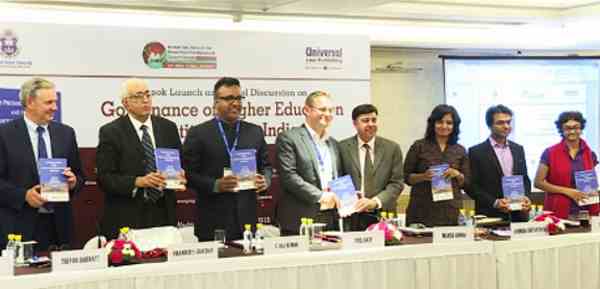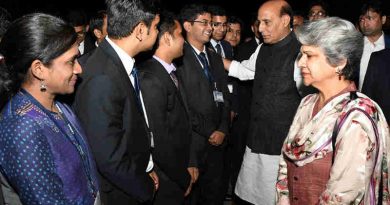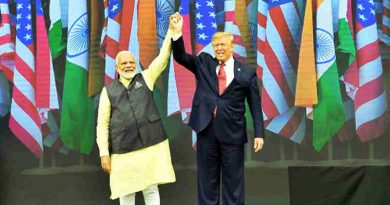Increasing Violence Damaging India’s Economy: Report

Violence impacted India’s economy by $679.80 billion in 2016, 9% of India’s GDP, or $525 per person. Plus, India is ranked as the 141st country in the Global Peace Index (GPI) 2016 released today, and is ranked fifth out of the seven countries in the South Asia region.
The tenth edition of the GPI highlights a stark and growing inequality in global levels of peacefulness as the gap between the most and least peaceful countries continues to widen.
The study, by international think-tank the Institute for Economics and Peace (IEP), finds that, while 81 countries improved, the deterioration in another 79 outweighed these gains, meaning that peace declined at a faster rate than in the previous year. Despite this some of the most peaceful countries are now recording historically high levels of peace.
[ Hindu Groups Attacking Human Rights in India: Amnesty ]
In the last decade India has deteriorated in peace by 5% largely due to deteriorations in the indicators measuring UN peacekeeping funding and the level of political terror.
The score for the Middle East and Africa (MENA), the least peaceful region in the world in last year’s report, dropped further as regional conflicts intensified, dragging down global peacefulness.
So intense is the current concentration of violence and conflict in MENA that, when considered separately, the rest of the world’s average peace levels improved. Three of the five biggest declines in peace occurred in the region including Yemen, Libya and Bahrain.
[ Also Read: India Ranked No.1 with 18 Million Slaves ]
“As internal conflicts in MENA become more entrenched, external parties are increasingly becoming more involved and the potential for indirect or ‘war by proxy’ between nation states is rising. This was already evident in Syria with the conflict between the Assad regime and multiple non-state actors, and is now spilling into countries such as Yemen. There is a broader proxy conflict between Saudi Arabia and Iran, and more recently both US and Russia have increased their level of involvement,” said Steve Killelea, founder and executive chairman of the IEP.
The global deterioration in peace in 2015 was driven by increased terrorism and higher levels of political instability. While the majority of terrorist activity is highly concentrated in five countries – Syria, Iraq, Nigeria, Afghanistan and Pakistan – the breadth of terrorism is spreading, with only 23% of countries in the Index not experiencing a terrorist incident.
[ Click here for more specific details about India ]
Europe, which was once again the most peaceful region in the world, saw its average score deteriorate in this year’s report in the wake of terrorism incidents in Paris and Brussels, with deaths from terrorism in Europe having more than doubled over the last five years.
The number of refugees and displaced persons has risen dramatically over the last decade, doubling to approximately 60 million people between 2007 and 2016, nearly 1% of the world’s population.
There are now nine countries with more than 10% of their population displaced in some form; 20% of Somalia and South Sudan’s population respectively, and over 60% of Syria’s.
While the global economic impact of violence dropped by 2% when compared to last year’s report, it was still a staggering $13.6 trillion in 2015, equivalent to 11 times the size of global foreign direct investment.
This represents 13.3% of world GDP, or $1,876 per person. In the last ten years the economic impact of violence was $137 trillion; greater than global GDP in 2015.
The report also provides an audit of the available data to measure Goal 16 of the Sustainable Development Goals – the UN member states formal recognition of the critical nature of peacefulness in advancing global development.
It finds that, while there is some existing data to track progress and therefore hold member states accountable to meeting their targets, serious investment will need to be made to measure the goals.
The report concludes with new research into resilience and what the IEP identifies as ‘Positive Peace’; the attitudes, institutions and structures which sustain peace.
It finds that over the course of the decade, 13 times more lives were lost in natural disasters in low Positive Peace countries than in countries which are high in Positive Peace.
This is the tenth edition of the GPI: the world’s leading measure of global peacefulness produced by the Institute for Economics and Peace (IEP).
Photo / video courtesy: IEP




